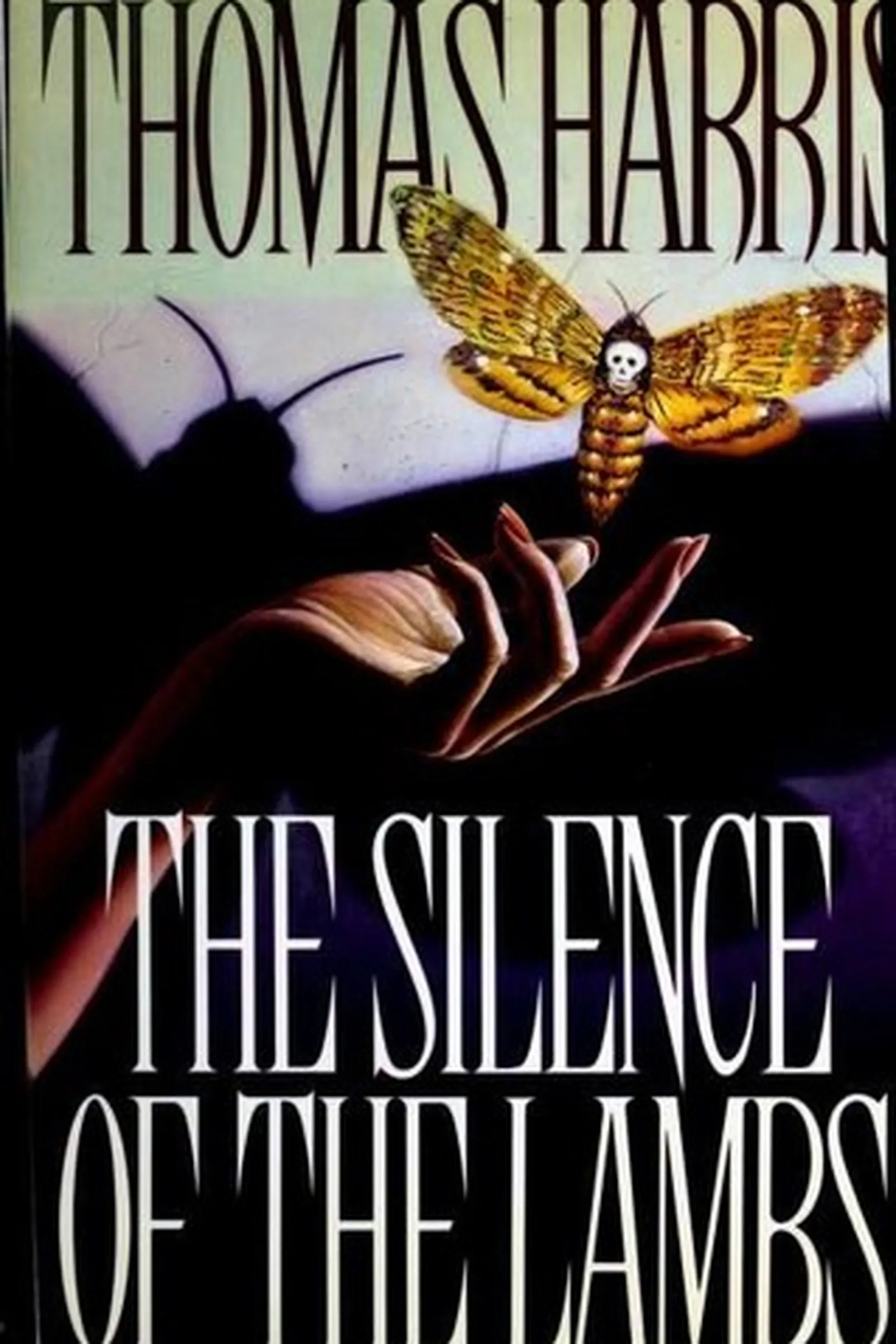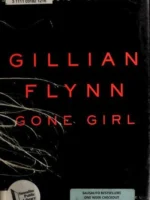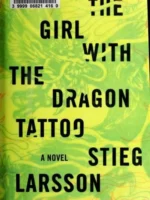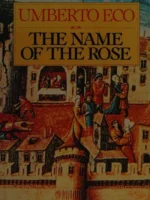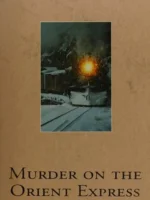The Silence of the Lambs, Thomas Harris, 1988
- Author: Thomas Harris
- Genre: Mystery/Crime
- Publisher: St. Martin’s Press
- Publication Year: 1988
- Pages: 367
- Format: Paperback
- Language: English
- ISBN: 978-0312924584
- Rating: 4,3 ★★★★★
The Silence of the Lambs Review
About
Published in 1988, Thomas Harris’s The Silence of the Lambs is more than just a thriller—it’s a meticulous psychological study of fear, manipulation, and the price of empathy. The novel cemented Hannibal Lecter as one of literature’s most fascinating villains and introduced Clarice Starling, one of the genre’s most enduring heroines. Harris blends police procedural, horror, and gothic sensibility into a story that feels disturbingly real. It’s chilling not because of monsters, but because it shows how rational monsters can be.
Overview
The book follows FBI trainee Clarice Starling as she’s sent to interview the imprisoned Dr. Hannibal Lecter, a brilliant psychiatrist and cannibalistic killer. Her task: to extract insights that might help catch another murderer known as “Buffalo Bill,” who’s abducting and skinning women. What begins as a professional assignment evolves into a tense psychological duel between two minds—one seeking approval, the other amusement. Lecter’s cryptic clues and manipulative charm push Clarice deeper into both the investigation and her own past. The story’s structure—a chase framed by conversation—keeps the tension electric even when no one moves.
Summary
(light spoilers) Clarice’s encounters with Lecter begin as interrogations and turn into exchanges of intellect and vulnerability. He offers fragments of insight about Buffalo Bill in return for personal stories, forcing her to reveal childhood memories of the slaughterhouse that still haunt her dreams. Meanwhile, the investigation races against time as another victim is abducted. Using Lecter’s clues and her intuition, Clarice identifies the killer as Jame Gumb, a tailor’s apprentice who murders women to make a “woman suit.” The final act traps Clarice alone in Gumb’s labyrinthine basement, where darkness, mirrors, and night vision become weapons. Her victory is both triumph and trauma—justice served, innocence gone. Lecter escapes custody, leaving her with a letter that’s equal parts admiration and threat. The story ends not with closure but with tension humming in the background, as if the conversation never really stopped.
Key Themes / Main Ideas
• The gaze and power — who looks, who is looked at, and how control shifts.
• Transformation — both killer and investigator trying to become something new.
• Gender and violence — exploitation of bodies contrasted with a woman’s agency within male institutions.
• Intellect as intimacy — Clarice and Lecter’s exchanges blur curiosity with connection.
• Trauma and ambition — pain as the price of clarity.
Strengths and Weaknesses
• Strengths — Unrelenting tension; clean, cinematic prose; characters who feel terrifyingly alive. Clarice is written with empathy and intelligence rare in thrillers.
• Strengths — Lecter’s elegance and cruelty redefine villainy—he’s terrifying not because he’s alien, but because he’s cultured and curious.
• Weaknesses — Some secondary characters feel functional; the procedural middle stretches a little before the climax.
• Weaknesses — The portrayal of Buffalo Bill has drawn modern critique for its handling of gender identity, though it reflects the cultural blind spots of its time.
Reviewed with focus on themes, audience, and takeaways — Thomas Harris
| pa_author | Thomas Harris |
|---|---|
| ISBN | 978-3-176-95516-4 |
| pa_year | 1973 |
| Pages | 216 |
| Language | English |

